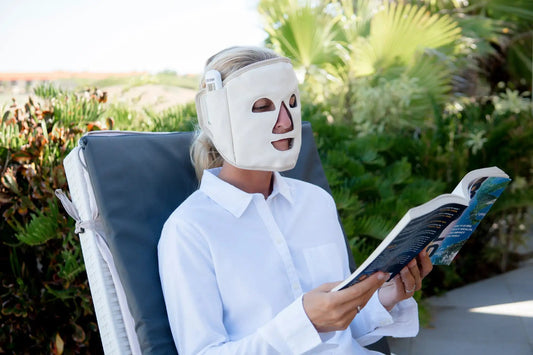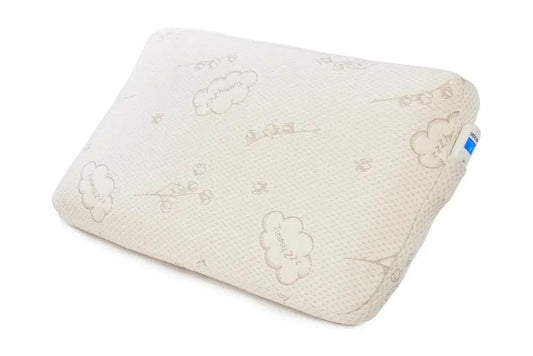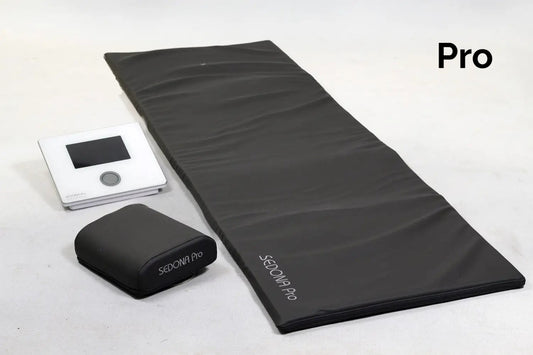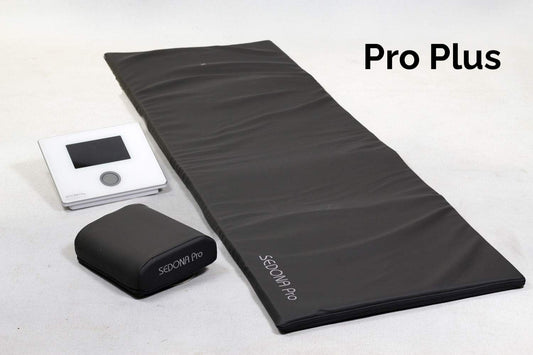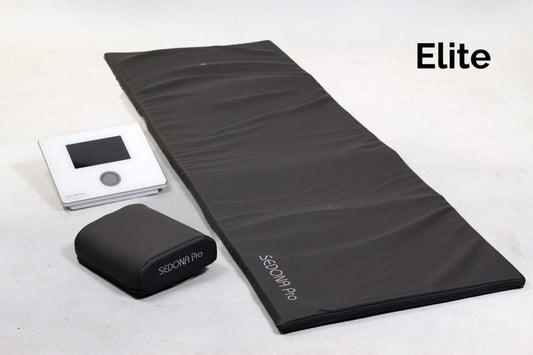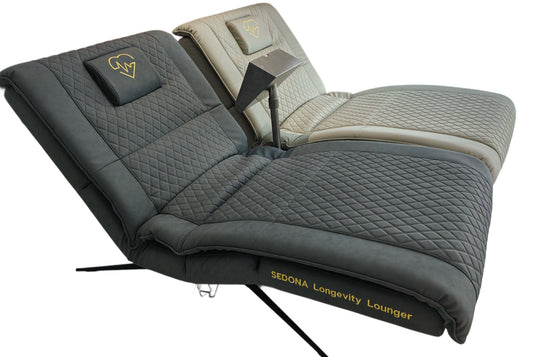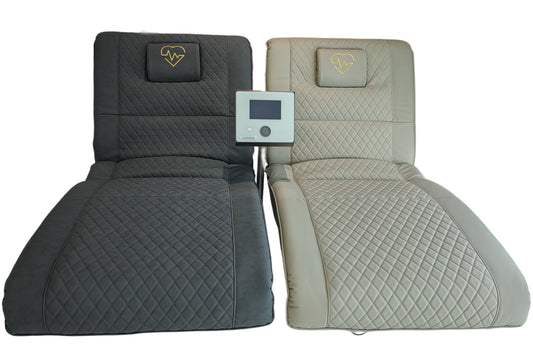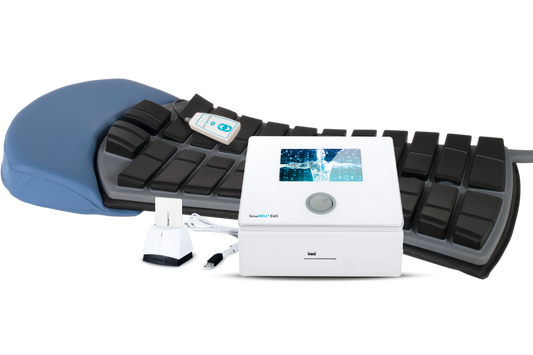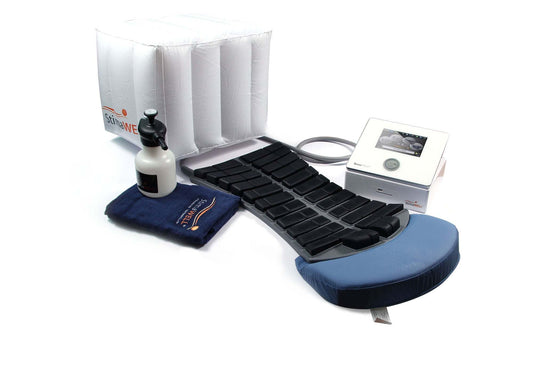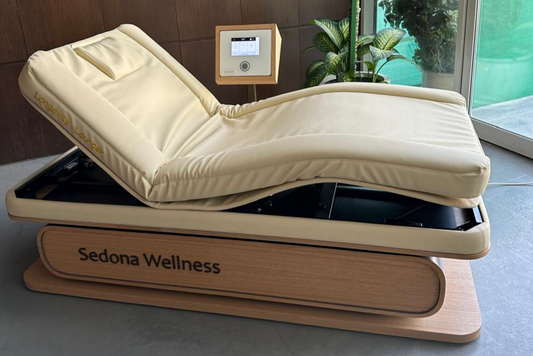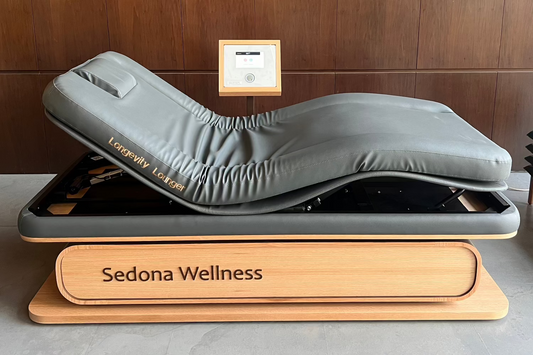
PEMF THERAPY FOR HEADACHES AND MIGRAINES
PEMF (Pulsed Electromagnetic Field) therapy offers a groundbreaking approach to treating headaches and migraines, conditions that affect millions worldwide. This non-invasive therapy uses electromagnetic fields to stimulate healing and pain relief at the cellular level. Here’s an in-depth explanation of how PEMF therapy can alleviate the symptoms of headaches and migraines and why investing in a PEMF mat could revolutionize your approach to managing these debilitating conditions.
Understanding Headaches and Migraines
Headaches and migraines can range from mild, occasional discomfort to chronic, debilitating conditions that significantly impact daily functioning. Migraines, in particular, are often accompanied by symptoms such as nausea, light sensitivity, and visual disturbances. Traditional treatments include medications, lifestyle adjustments, and avoidance of triggers, but these do not always provide relief and can have side effects.
How PEMF Therapy Helps with Headaches and Migraines
Pain Relief:
PEMF therapy is known for its ability to reduce pain. It works by generating a magnetic field that stimulates the electrical activity of the cells, which can help calm overactive nerves that contribute to headache and migraine pain. This can provide a non-pharmacological method to manage and reduce the frequency of headaches and migraines.
Reduction of Inflammation:
Inflammation can be a contributing factor to the severity and frequency of migraines and other headaches. PEMF therapy helps reduce inflammation by influencing the voltage in the cell membranes, thereby stabilizing the cells and reducing the release of pain-inducing inflammatory cytokines.
Vasodilation and Improved Circulation:
Poor circulation can trigger migraines and other types of headaches. PEMF therapy promotes vasodilation, which is the widening of blood vessels. This improves blood flow and can help alleviate the vascular constriction often associated with migraine headaches.
Stress Reduction:
Stress is a well-known trigger for both headaches and migraines. PEMF therapy can help moderate the body’s stress response by rebalancing the nervous system - shifting from the sympathetic (fight or flight) to the parasympathetic (rest and digest) state. This not only helps reduce the occurrence of headaches but also promotes overall relaxation and well-being.
PEMF MAT BENEFITS FOR HEADACHES AND MIGRAINES
Our PEMF mat is specifically designed to provide these therapeutic benefits effectively and conveniently:
Full-Body Coverage:
The large surface area of the mat allows for comprehensive coverage, ensuring that the therapeutic electromagnetic fields affect the entire body, which is beneficial for systemic issues like stress that contribute to headaches.
Customizable Settings:
With variable frequencies and intensities, our PEMF mat can be tailored to target your specific type of headache or migraine, allowing for personalized therapy sessions that adapt to your unique needs.
Ease of Use:
Designed for everyday convenience, our PEMF mat can be used in the comfort of your own home, enabling you to conduct regular therapy sessions that fit seamlessly into your lifestyle without the need for continuous medical appointments.
Safety and Comfort:
Made with non-toxic materials and built to the highest safety standards, our mat is safe and comfortable for regular use, ensuring a positive experience during each therapy session.
CONCLUSION
Embracing PEMF therapy by using our specialized PEMF mat offers a powerful way to manage headaches and migraines. By improving circulation, reducing pain and inflammation, and helping to manage stress, PEMF therapy can significantly improve your quality of life. This treatment offers a drug-free, side-effect-free solution to pain management that could revolutionize how you cope with headaches and migraines.
Take control of your headache and migraine management today. Discover the benefits of our PEMF mat and take a proactive step towards a more pain-free and active life.
RECOMMENDED PROGRAMS
If you already own one of our PEMF Mats we recommend these programs for Headaches:
-
SEDONA PRO/PRO PLUS PEMF MAT
Wellness: 1, 2, 3, 4, 5, 6
Sport: 8
-
SEDONA ELITE PEMF MAT
Wellness: 1, 2, 3
Longevity: 1
STUDIES
-
Read Study
PudMed - Treatment of migraine with pulsing electromagnetic fields: a double-blind, placebo-controlled study.
-
Read Study
PubMed - Headache treatment with pulsing electromagnetic fields: a literature review
SEDONA WELLNESS PRODUCTS
-
SEDONA PEMF FACEMASK
Vendor:Sedona WellnessRegular price $390.00 USDRegular priceUnit price / per -
TIMMYZZZ PEMF PILLOW
Vendor:Sedona WellnessRegular price $390.00 USDRegular priceUnit price / per -
SEDONA PRO PEMF MAT
Vendor:Sedona WellnessRegular price From $5,900.00 USDRegular priceUnit price / per -
SEDONA PRO PLUS PEMF MAT
Vendor:Sedona WellnessRegular price From $6,900.00 USDRegular priceUnit price / per -
SEDONA ELITE PEMF MAT
Vendor:Sedona WellnessRegular price From $7,900.00 USDRegular priceUnit price / per -
SEDONA PEMF CHAIR
Vendor:Sedona WellnessRegular price From $15,900.00 USDRegular priceUnit price / per -
STIMAWELL EMS BACK MAT
Vendor:Sedona WellnessRegular price $16,900.00 USDRegular priceUnit price / per -
LONGEVITY LOUNGER PEMF BED
Vendor:Sedona WellnessRegular price From $21,900.00 USDRegular priceUnit price / per

